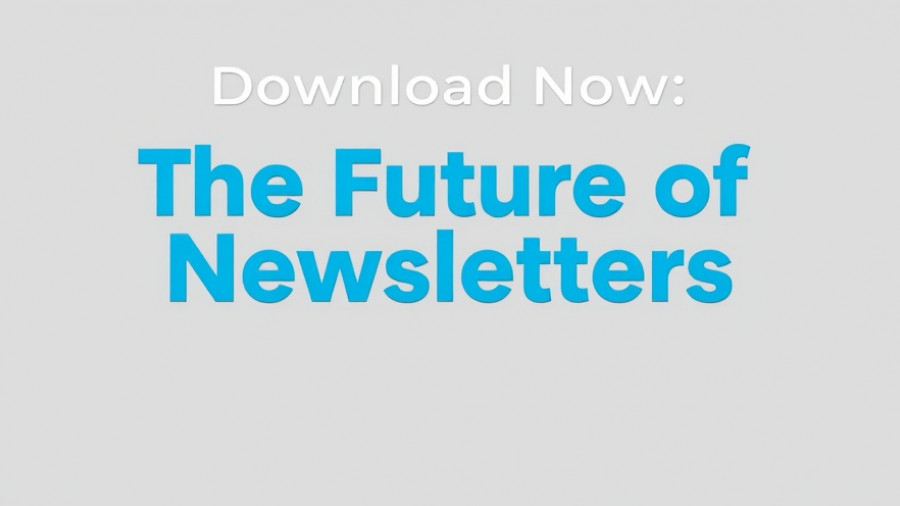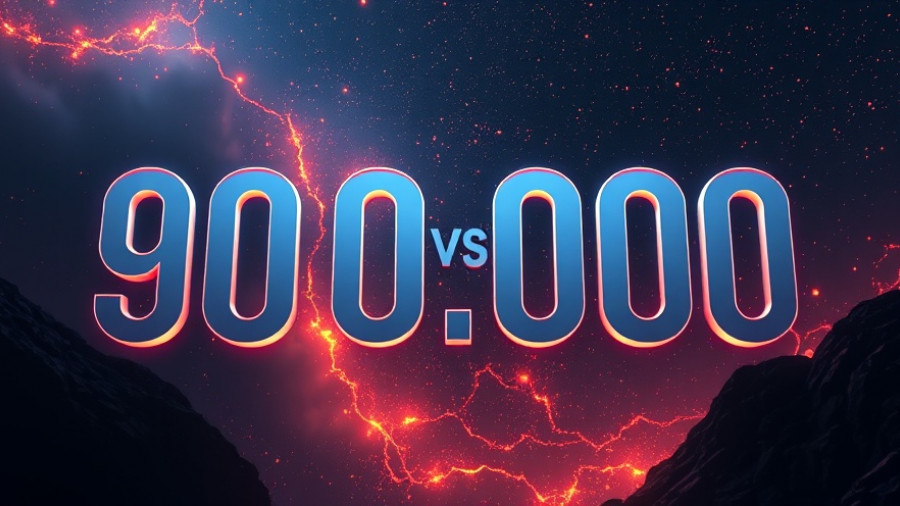
The Power of Instagram Engagement in 2025
As a small or medium-sized business (SMB), harnessing the power of Instagram is crucial. Today, merely posting visually appealing content isn't sufficient. Instead, brands must prioritize engagement strategies that create meaningful interactions with their audience. After all, high engagement rates lead to broader reach and an increased follower base. According to Adam Mosseri, the Head of Instagram, it's the quality of interactions that truly matters—engagement carries far more weight than the mere number of followers.
Understanding Instagram Engagement Rates
Defining Instagram engagement is essential for any business wanting to improve its online presence. Engagement encompasses all measurable actions taken by users, such as likes, comments, shares, reposts, and saves. As social media expert Annie-Mai Hodge highlights, treating Instagram like a two-way street fosters a deeper connection between brands and consumers. This connection is vital for building trust and fostering loyalty among followers.
Why Engagement Matters: Insights and Data
Engagement is critical for understanding your audience's preferences. Tracking which posts receive the most likes or comments can inform future content strategies. Furthermore, the Instagram algorithm enhances the visibility of posts that showcase high engagement, leading to greater reach and ongoing follower growth. According to research, businesses that actively engage with their audience report a 50% increase in brand loyalty, underscoring the importance of interaction over mere visibility.
Actionable Tips to Boost Instagram Engagement
Here are several strategies tailored for SMBs to enhance their Instagram engagement:
- Create Shareable Content: Focus on developing visually striking images or videos that users want to share. This can include how-to guides, behind-the-scenes glimpses, or user-generated content highlighting client stories.
- Utilize Instagram Stories Effectively: Instagram Stories are a powerful tool for engagement. Make them interactive with polls, quizzes, or questions that encourage followers to participate.
- Encourage User Interaction: Pose questions in your captions, ask followers for their thoughts, or encourage them to tag friends in comments to boost interaction.
- Engage with Comments Promptly: Responding to comments on your posts within a timely manner demonstrates your presence and values follower feedback, enhancing the community feel on your profile.
- Leverage Hashtags Wisely: Use relevant hashtags that resonate with your business and target audience. According to studies, posts with optimal hashtag usage can receive 12.6% more engagement.
An Emphasis on Community Building
Creating a loyal online community goes beyond one-off posts; it involves sustained engagement. Small and medium businesses can benefit immensely from establishing consistent themes in their posts while tailoring messages to address audience pain points and interests. This not only solidifies brand image but also encourages a two-way conversation with followers, ultimately guiding them toward feeling more connected—transforming them from passive observers to active participants.
Future Trends: Engagement Evolution
As we move forward, Instagram's landscape will evolve. Brands that adapt to these changes and focus on fostering genuine connections will thrive. Research forecasts that by 2027, engagement-driven content will dominate social media marketing trends, highlighting the need for proactive strategies now. With the advent of AI tools that can tailor content based on user interaction, businesses have a unique opportunity to leverage insights for ever-better engagement rates.
Conclusion: Take the Next Step Toward Real Engagement
As businesses strive for relevance in a crowded digital marketplace, investing time in understanding and improving Instagram engagement becomes non-negotiable. Whether through user feedback or innovative marketing strategies, the focus should always be on creating value for your audience. Consider integrating these actionable insights into your strategy and witness your engagement—and your business—grow.
Help kickstart your enhanced engagement today by diving into your analytics, understanding your audience's preferences, and implementing the recommended strategies!
 Add Row
Add Row  Add
Add 



Write A Comment